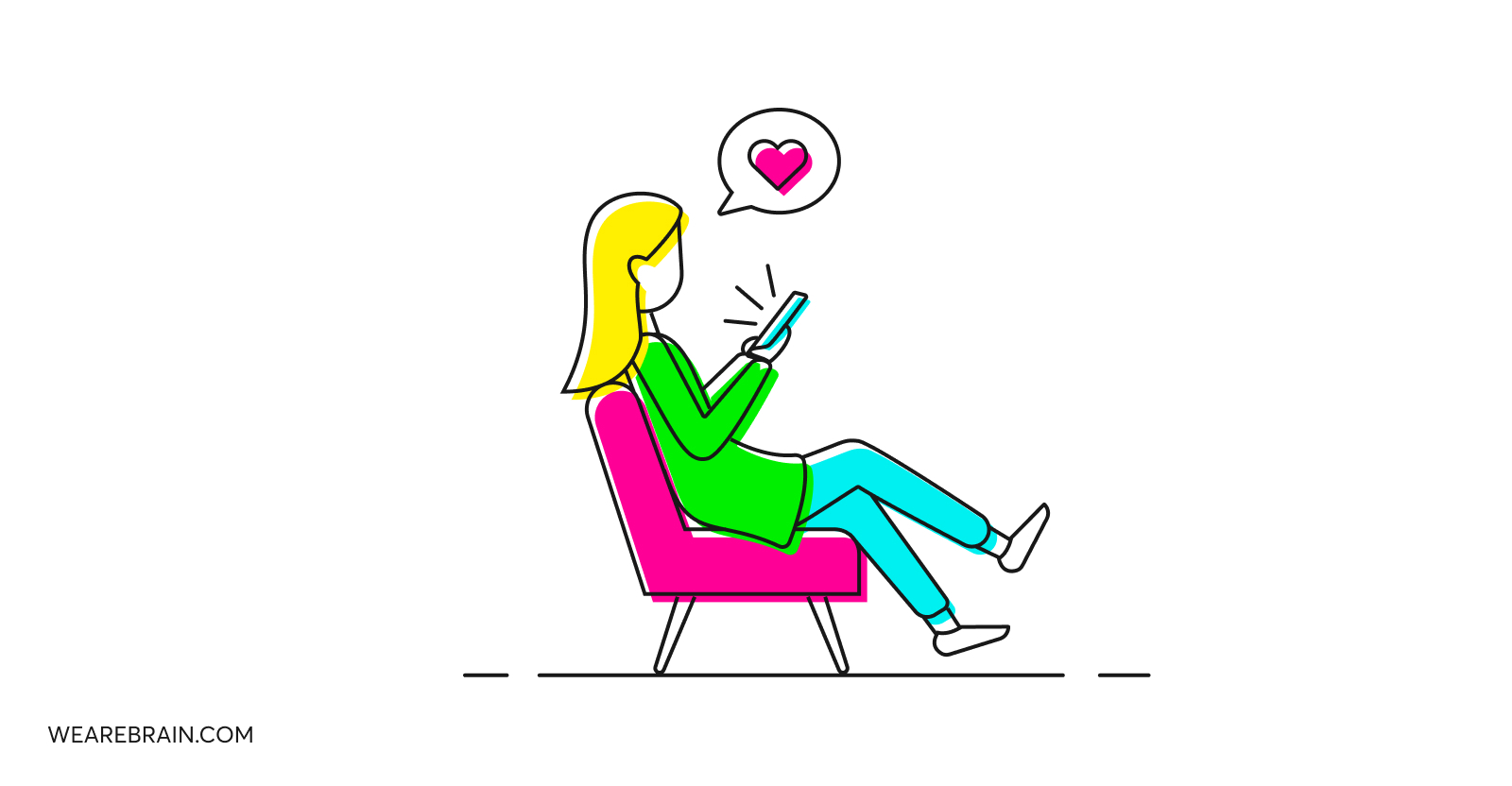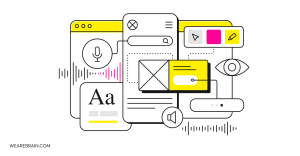Create a product people love to use

Remember those days when good UX was enough to make you stand out amongst all your competitors? I remember when the ING banking app was launched back in 2011. It changed my whole relationship with banking. It had taken the fuss out of storing, accessing and managing your money.
Flash forward to 2021 and everyone who’s anyone has leveraged UX principles to build better products. The practice is ubiquitous and it simply is not enough to gain competitive advantage, having great functionality and a nice interface is simply not enough. We’ve reached a point where you need to be doing more to ensure brand and product loyalty.
How to create a loveable product
Most products generally fit into two categories – those that you need to use and those that you aspire to use. A product that is user friendly and convenient to use doesn’t make it loveable, at the bare minimum it may fall into the first category. In order to create that ‘stickiness’ and build true brand fans, you need to work on developing really valuable experiences.
It is important to note, however, that people don’t buy products but they invest in brands that they believe make them better versions of themselves. This doesn’t mean that every product needs to have some kind of transformative power. It just means that when I go and buy a car, a gym membership or even my groceries, I buy products that I resonate with and that make my life better and easier.
How do you go about ensuring that the product you’re designing will become loveable? Let me introduce you to the UX Pyramid. I use it to help me determine whether or not the ideas I have fulfil both the minimum requirements of good UX, and the tiers that previously some might have thought a luxury: pleasure and meaning.
The UX Pyramid
This pyramid may remind you a little of the Maslow’s hierarchy of needs, which determines the various needs humans have in order of importance. It starts out with physiological needs – the basics, food, water and shelter and pinnacles at self-actualisation, which still feels like a luxury for many people.
Initially, the application of the UX pyramid followed the same logic; great functionality and reliability were the gold standard in UX, and meaningful experiences were a luxury. Those days have long gone. Now the first two levels are the basics, the must haves. They’re what you need to put out an MVP. I would even say usability and convenience are also expected and your product will be dead in the water if you haven’t mastered these minimum requirements.
Now, to really ensure that competitive advantage I mentioned previously, you have to incorporate pleasure and meaning into the user journey to remain relevant. A meaningful product offers personal significance for a user and will resonate with a person’s needs. When you approach your design by first considering how to get your users to think “this product is made for people like me”, you’re already on the right path.
How do you create pleasure and meaning?
When you begin to bring an idea to life you need to ask yourself certain questions, which are critical to whether or not you’ve managed to create something that adds true value to your customers life. Over the years, I have developed a product design scorecard along with some associated questions that help my team and I work out if we’re on track towards creating something that our target audience will love.
The way to determine whether or not your idea will match user needs, be a trustworthy product, will provide a frictionless experience and will add value is by asking the following questions:
1. Does it solve the problem?
Are we actually seeing to the needs of the customer and does the solution we’ve developed solve the problem they were dealing with?
2. Does it live up to expectations?
Is what we created achieving those minimum requirements I mentioned above? Will the user trust that we have their best interests in mind?
3. Is this easier to use than alternatives on the market?
Is the experience with this solution seamless? Have we removed the complexities and made the user experience frictionless?
4. Does it enrich the user’s experience?
Are we providing value with this solution? When people interact with this product will it be a meaningful experience?
Let’s apply this to a real-world example
Hello Fresh is a German company that offers pre-packaged groceries with a recipe attached that is delivered directly to your door. In 2011 they took the world by storm and since their inception, there have been several copycats that have followed in their wake, however, they’re still a household name and as the grand OG of the category, I thought I’d mention how they got everything right from the very beginning.
- User Needs: “What’s for dinner?” is a question that is uttered every night in almost all households across the world. Hello Fresh understood that thinking of, purchasing and preparing a meal at the end of a busy day is a hassle.
- Trust: The promise of quality goods arriving at your doorstep when you need them is what a trusting relationship is built on.
- Frictionless: Aside from the convenience of not having to trawl the grocery aisles for dinner, HelloFresh saves you time and makes meal preparation easy.
- Value: Hello Fresh introduces you to new products, recipes and cooking styles. Your horizons are broadened and it all happens from the comfort of your own home.
By fulfilling these four critical elements required to create both a pleasurable and meaningful experience for the user, Hello Fresh has become a brand that people love and swear by.
In closing
With the proliferation of good UX across all product categories, the way to ensure that your product stands out is to aim for people’s hearts (but in a good way). By understanding your user’s needs, building a relationship with them where they feel like they can rely on your product, while also making their lives easier and adding value to their day-to-day you will create a product that your target audience loves to use.
Martijn Hinfelaar
Working Machines
An executive’s guide to AI and Intelligent Automation. Working Machines takes a look at how the renewed vigour for the development of Artificial Intelligence and Intelligent Automation technology has begun to change how businesses operate.







